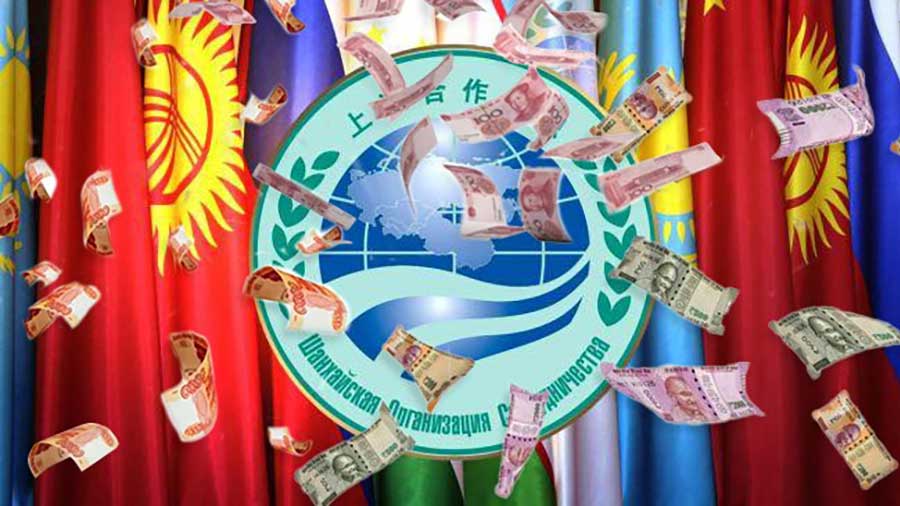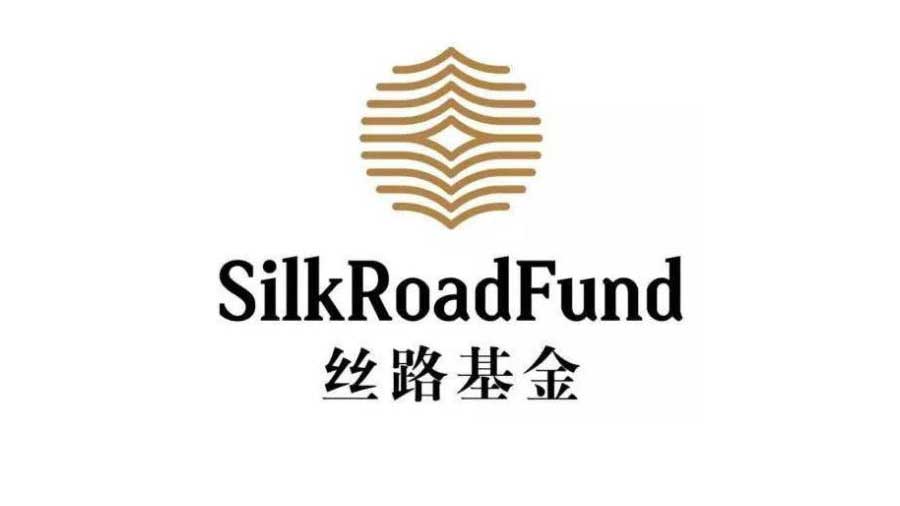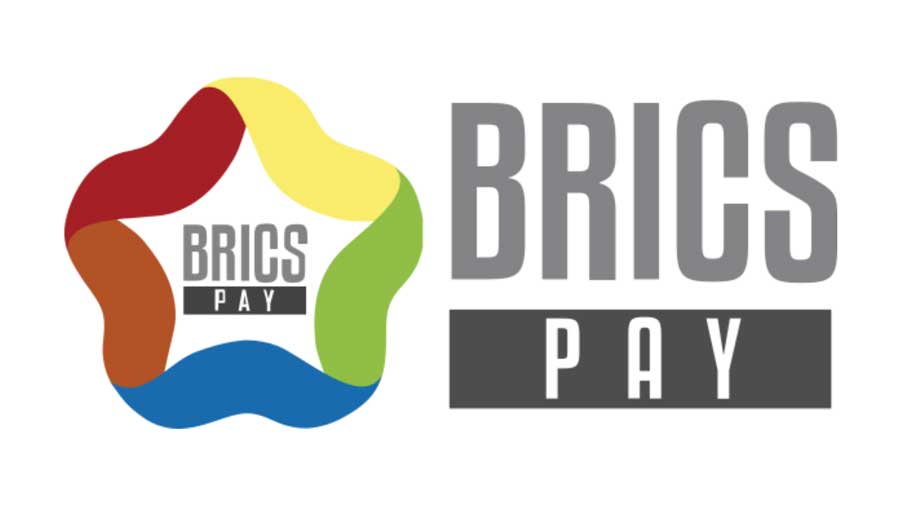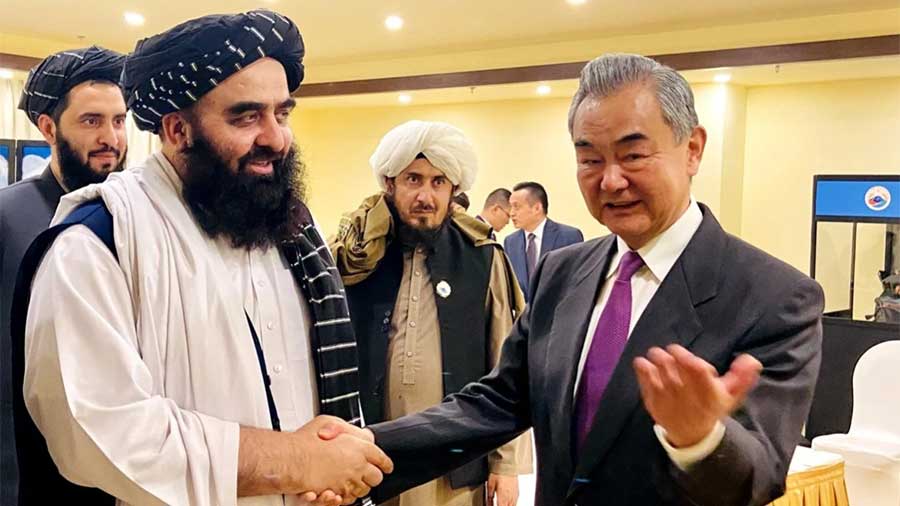Silk Road Investment Fund Working Capital Increased By US$11 Billion
During the recent Belt and Road Forum in Beijing, the Chinese President Xi Jinping announced a number of new initiatives, including new financing corridors.
Chinese companies will accelerate the launch of the China-Europe express railway service and support the development of the Trans-Caspian corridor. They will also invest in the infrastructure of the maritime and air components of the New Silk Road. China also plans to support an open world economy. In the next five years, the volume of China’s foreign trade is expected to increase to US$32 trillion in goods and up to US$5 trillion in services.
To cater for this growth, China plans to conclude new agreements on free trade and investment, as well as create pilot zones for cooperation in e-commerce. Xi has promised to further lift restrictions on foreign investment in China’s manufacturing sector.
In the ten years since the launch of the Belt and Road Initiative, more than 150 countries have joined the initiative. Trade turnover within the BRI framework has exceeded US$19 trillion.
The volume of bilateral investments between participating countries has amounted to US$380 billion, of which almost two-thirds came from Chinese companies. In total, over 3,000 infrastructure cooperation projects have been launched.
Financial support will also be provided to maintain cooperation. The Exim Bank of China and the China Development Bank will both allocate 350 billion yuan (US$48.75 billion) in preferential loans, with this money mainly earmarked for trade and infrastructure development respectively.
Slightly different is the mandate for the Silk Road Fund which will receive an additional 80 billion yuan (US$11 billion). The Silk Road Fund is a China Government Guidance Fund to foster increased investment in countries along the Belt and Road Initiative. It began in 2014 with an initial capital base of US$40 billion. It is the only Chinese sovereign fund formed with an explicit geo-economic strategic mission.
The Silk Road Fund primarily assists poorer countries with the finance required to access minerals and other natural deposits, hedging the loan against these assets. For example, it has helped finance the Silk Road Gold Fund in gold mining in Afghanistan. The Silk Road Gold Fund finances the operations and takes a cut (usually 25%) of the commodity value. In Afghanistan’s case, gold is required by its Central Bank to support its currency, the Afghani, which was practically worthless following the US invasion. Without access to its own gold, Afghanistan would not be able to provide ay currency reserves. This therefore offers a path to national stability and development in cases such as these.
The Silk Road Fund has also taken strategic equity shareholdings to provide it with dividend returns to fund further capital investments. Examples include:
Kenya: Investment and equity in the Mombasa–Nairobi Standard Gauge Railway.
Pakistan: Investment in the Karot Hydropower Project and other hydropower projects in the region as part of the China-Pakistan Economic Corridor.
Russia: Acquisition of 9.9% of Yamal LNG project, a liquefied natural gas project in Sabetta, located north-east of the Yamal Peninsula, from Novatek.
United Arab Emirates: Taking a 24% equity stake in the 4th phase of the Mohammed bin Rashid Al Maktoum Solar Park, which is the largest single-site investment project that combines CSP and photovoltaic technology using the IPP model.
Italy: Acquisition of 5% of Autostrade per l’Italia, the major Italian highway concessionaire, covering nearly the whole country (3.000 km).
Xi also highlighted the development of the green economy. China will deepen cooperation in clean energy, transport and infrastructure, and introduce green investment principles into the Belt and Road Initiative.
Other areas for cooperation include scientific, technical, and innovative development. In particular, it is planned to increase the number of joint laboratories to 100 and invite young scientists from other countries to participate in short-term projects in China. No doubt the Silk Road Fund will be involved in some of these projects.
Source: Spot (Uzbekistan).
Related Reading





